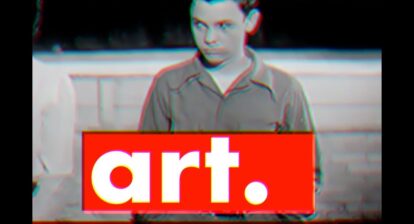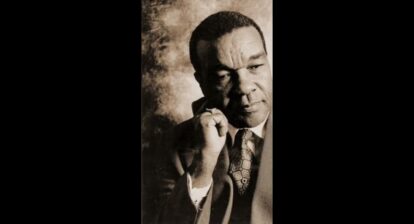This is one of series of 70+ short videos introducing ideas of art theory, history, criticism, practice, and teaching. They are intended for visual art students, from the first year through the MFA. Together they introduce a coherent, cross-referenced vocabulary of some of the central ideas of both history and practice, such as the sublime, religion, criticism, politics, media, science, skill, and representation. Each video is free-standing, and can be viewed on its own; some also form sequences. A fairly full list of the lectures is given at the beginning of each video.
Are these for everyone?
Nothing is presupposed in any of these videos. If you’re new to art, you should be able to watch all of them. At the same time, they are intended to raise the bar in undergraduate art education. The full set includes much more art theory than is normal in BA and BFA programs, and the videos are self-reflexive and self-critical throughout. Every judgment I discuss is open to question. There are videos here that ask whether art students should study art history at all, and videos that suggest reasons not to learn theory or concepts of art. There is also material here that is seldom taught even at graduate level, for example some remarks on how the traces of earlier kinds of teaching survive into the present, and material on the lack of good definitions of the BFA and MFA degrees. The idea is to let students understand all the conditions of their own education: how art is taught now, how it’s taught in other places, how books of art history have nationalist perspectives, how masterpieces haven’t always been valued, and where studio prompts and exercises come from (which are modernist, which are premodern).
Comments please
Please leave comments and questions here. I’d especially like to hear about texts that you might assign to go with these lectures, class exercises (including drawing execerises) that could accompany them, and projects that arise from them. Please don’t post on errors, unless they’re major. It took a lot of work to make these, and I won’t be revising them.
I am contemplating a teacher’s guide, in print form, to go with these. If anyone is interested in that, or has ideas for it, let me know.
Collaboration
I hope these can be a resource for teaching and learning, but I also hope this series can grow, both in the comments here and also with the addition of videos made by other people. If you have made a video that introduces a subject not covered here, or if you have a video with a different approach, please link it in the comments so it can become part of the community.
Philosophic issues
It has been said that contemporary art is sufficiently pluralist so that it is effectively impossible to find a common vocabulary, or to define what counts as pertinent art theory.
Personally speaking, I found it fascinating to choose the topics for this series, because it became necessary to make decisions about the number of topics, which topics can be usefully sketched in 20 minutes, and which topics are related to which others. (Initially there were exactly 56—two sets of 28—because at the School of the Art Institute, where these were made, the semesters are 14 weeks long, so the entire run of Concepts or History lectures could be done in a year. The current number of lectures is over 70.) It’s relatively easy to name a couple dozen concepts and critics, but it is exceptionally difficult to figure out what shape the whole should take. It was a salutary exercise, because it helped me see that contemporary art is not a trackless domain of interrelated voices, but a language, or a language family, with patterns and affinities.
A brief history
I composed, researched, wrote, and recorded these during the Covid pandemic. In 2020 they were used by the School of the Art Institute of Chicago in paid online seminars to raise money for African-American students. In 2020-21, SAIC began experimenting with requiring them in its first-year program. At that point I decided they should be open and free for everyone.





